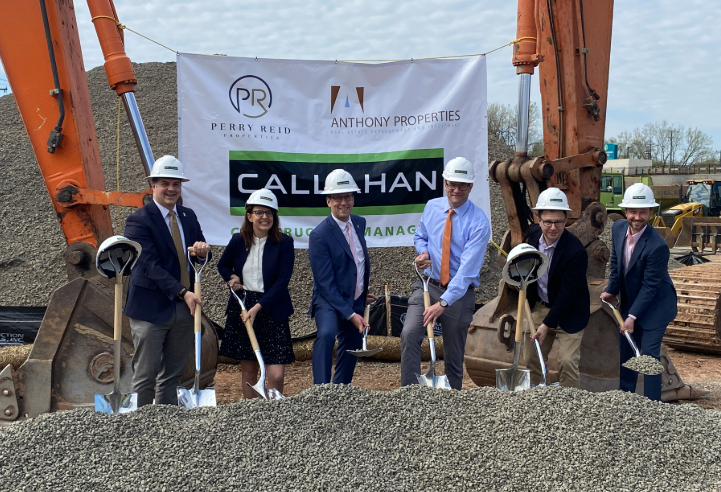
Edward Smith Jr., Smith Commercial Real Estate
Each December the U.S. Congress passes a series of bills known as the Omnibus Appropriations Bills, which authorize the funding of the government for the following year. They include a group of items referred to as “extenders”; in this category they look at tax breaks that expired at the end of the previous year, Deciding if they wish to extend them and making the extension retroactive to January first of the current year. Typically they are only extended to December 31 of the current year, leaving everyone in limbo as the upcoming year’s status.
Things were very different in this year’s extender bills, some tax benefits were made permanent and some were extended for multiple years. All of these benefits have rules, be sure to direct your clients to speak to their accountants or tax advisors.
2016 Commercial Real Estate Tax Benefits Changes
Signed into law December 18, 2015
Leasehold Improvement Depreciation: The 15-year depreciation period for qualified leasehold improvements, qualified restaurant buildings and improvements, and qualified retail improvements is made retroactive to January 1, 2015 and extended permanently.
Immediate Expensing of Business Equipment and Certain Real Estate: The expensing provision for equipment and certain real estate used by small- and mid-sized businesses is made retroactive to January 1, 2015 and made permanent (section 179). The real estate includes leasehold improvements, certain restaurant improvements, and certain retail improvements. The provision restores the limitation of $500,000 deduction and $2 million phase-out amount, plus this will be indexed for inflation beginning in 2016. Added to qualified equipment are air conditioning and heating units placed in service in tax years beginning after 2015, they are now eligible for expensing.
Moreover, the $250K cap on qualified real estate is being removed starting this year, so all business assets (real and personal) will have the same $500K limit each year, and be indexed for future inflation.
Bonus Depreciation: Extends bonus depreciation treatment for five years, retroactive to January 1, 2015. Moreover, the provision now includes a new category called “Qualified Improvement Property,” which is defined as an improvement to the interior portion of an existing non-residential commercial building (except for elevators, escalators, or enlargements). The Bonus Depreciation percentage is 50% for 2015, 2016, and 2017; it phases down to 40% for property placed in service in 2018 and to 30% for property placed in service in 2019.
Thus, most leasehold improvements will now generally be eligible for immediate expensing (section 179) for the smaller and mid-size businesses and for bonus depreciation (50% expensing) for the bigger companies.
Energy-
Efficient Commercial Buildings (Section 179D): The benefit extends for two years (2015 & 2016) the energy-efficient commercial buildings deduction. This section allows up to $1.80 per s/f in deductions to those who have upgraded their building’s lighting ($.60 psf), HVAC ($.60 psf), or building envelope ($.60 psf).
Reminder: the Investment Tax Credit (ITC), which is a 30 percent federal tax credit for solar and geothermal systems on residential and commercial properties, remains in effect through December 31.
The ITC for solar will continue at 30 percent levels for both commercial and residential systems through 2018, then taper off in yearly increments to settle at 10 percent in 2022.
Edward Smith Jr. is a real estate broker for Smith Commercial Real Estate, Sandy Hook, CT.
 Edward Smith Jr., Smith Commercial Real Estate
Edward Smith Jr., Smith Commercial Real Estate







